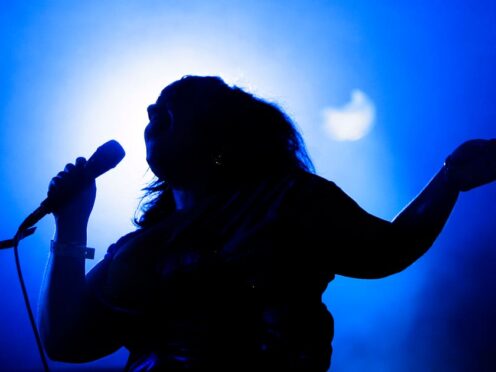
Song lyrics have become angrier over the past four decades, a study suggests.
The words in rap, country, pop, R&B, and rock songs have also become simpler and more repetitive, according to research published in the journal Scientific Reports.
Rap songs showed the most profound increase in anger and negative emotions while country songs had the lowest rise, the researchers said.
Eva Zangerle, an assistant professor at the University of Innsbruck’s department of computer science in Austria, said anger-related words may have become more common because music – as a mirror of society – “reflects more general changes in society and culture”.
Prof Zangerle and her colleagues analysed the lyrics of 12,000 English-language songs released between 1980 and 2020.
They also looked at the page views of these lyrics on the online song lyric platform Genius.
The team found that, in general, lyrics have become simpler and easier to understand over time.
Analysis also showed the number of different words used within songs has decreased, particularly among rap and rock songs.
The team speculate this may be because of the changes in how music played, such as increases in songs being played as background music.
Prof Zangerle said Bruce Springsteen’s 1973 song Spirit In The Night is a good example of complex songwriting, while Miley Cyrus’s 2019 hit Slide Away has simpler and repetitive lyrics.
She added: “In the last 40 years, we have witnessed a change from buying records in the store to being able to choose from hundreds of millions of songs on streaming platforms on the phone.
“This has also changed the way music is consumed.”
The researchers also found that lyrics have become more emotional and personal over time, with an increase in both positive and negative words in rap songs.
R&B, pop and country songs have also seen a rise in the use of emotionally negative lyrics.
When analysing the page views on Genius, the team found that older rock songs were viewed more than those of newer ones, but the reverse was true for country songs.
This could indicate that rock listeners prefer lyrics from older songs, while country listeners may prefer lyrics from newer songs.
Commenting on the overall findings, the authors wrote: “This suggests that for rap, rock, and country, lyrics play a more pronounced role than for other genres and that listeners’ interest in lyrics goes beyond musical consumption itself.”

Enjoy the convenience of having The Sunday Post delivered as a digital ePaper straight to your smartphone, tablet or computer.
Subscribe for only £5.49 a month and enjoy all the benefits of the printed paper as a digital replica.
Subscribe